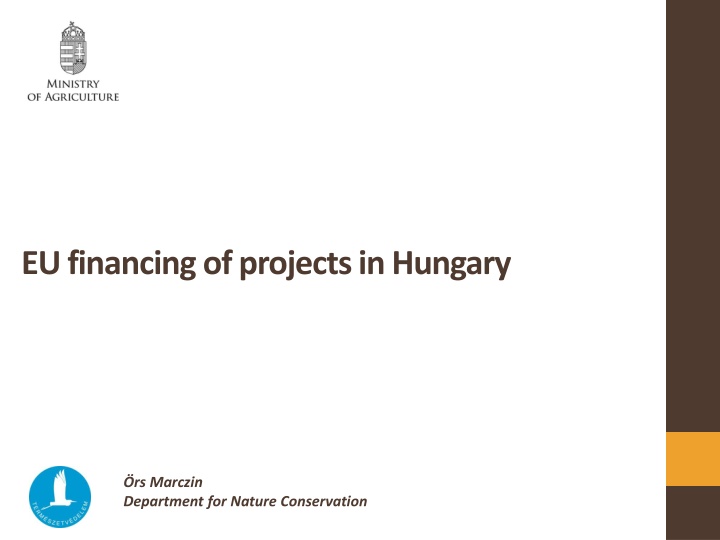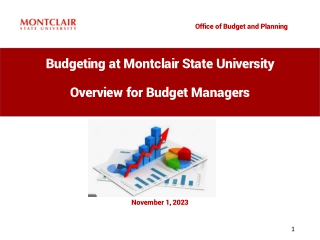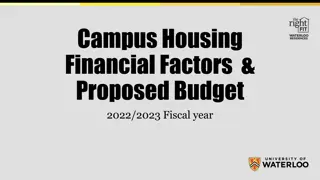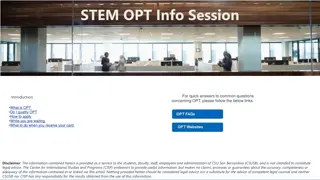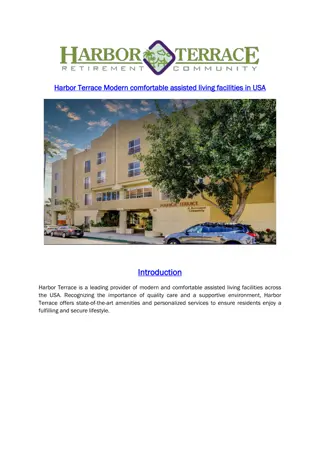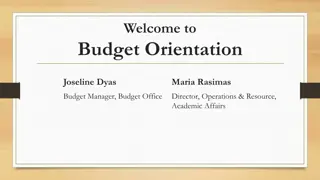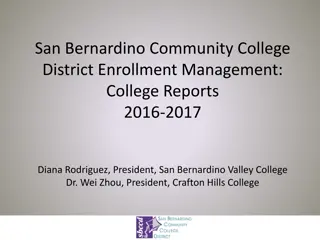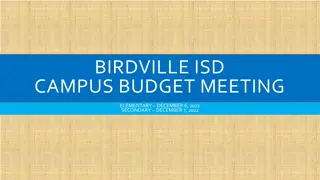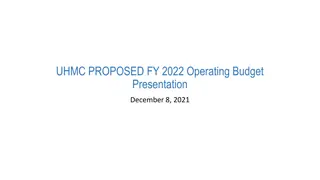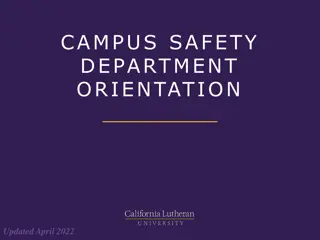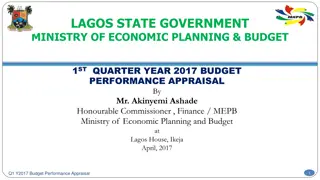California State University San Bernardino Campus Budget Forum Overview
The California State University, San Bernardino Campus Budget Forum presented key insights into the proposed budget for the 2021-2022 academic year, enrollment projections, and the allocation of Higher Education Emergency Relief Funds (HEERF) for institutional and student support.
Download Presentation

Please find below an Image/Link to download the presentation.
The content on the website is provided AS IS for your information and personal use only. It may not be sold, licensed, or shared on other websites without obtaining consent from the author.If you encounter any issues during the download, it is possible that the publisher has removed the file from their server.
You are allowed to download the files provided on this website for personal or commercial use, subject to the condition that they are used lawfully. All files are the property of their respective owners.
The content on the website is provided AS IS for your information and personal use only. It may not be sold, licensed, or shared on other websites without obtaining consent from the author.
E N D
Presentation Transcript
EU financingof projectsin Hungary rs Marczin Department for Nature Conservation
Distribution of the allocation for nature investments Environment and Energy Efficiency OP Plus, 2021-2027 nature investments Allocation: 112,4 M EUR (ERDF) ~ 2,6% of the OP budget More than 70% of funds for direct measures Project pipeline: 67 projects worth app. 120 M EUR Focus: green infrastructure outside settlements; Natura 2000 and protected areas in state ownership and under the management of state nature conservation Expected results: direct interventions on app. 138 000 ha, restoration on app. 70 000 ha nationally significant occurrences of 23 habitat types targeted, improvements expected in case of 21 habitats
Restoration 2004-2020 Investments to date statistics Nature investments: launched in 2004, boosted from 2007, maintained after 2014 Funding from ERDF OPs: 311 M EUR, 479 projects App. 0.3-0.6% of available EU funds Restoration, management infrastructure, species conservation, interpretation, site surveillance and monitoring; strategic planning (national) Nature investments 2004-2020 45-50% of funds spent on restoration Restored areas on 4%-8% of the Natura 2000 network Projects implemented by State Nature Conservation (i.e. national park directorates) Focus primarily on state owned land under nature conservation management
Investments to date content Restoration measures Restoring the natural/close-to-natural water regime Complex rehabilitation of wetlands Managing processes of succession on open habitats by controlling the spreading of shrubs Restoration of forest habitats to improve the natural state of forests (e.g. diverse species and age composition, micro- habitats, dead wood etc.) Fighting the aggressive spreading of invasive alien plant species Land purchase as the basis for later restoration or management Creation of new habitats (e.g. as buffer zones, ecological corridors) Removing artificial features from the landscape, eliminating illegal dumpsites and restoring former military sites Protective measures against large game species Reintroduction of key species Identification of investment needs: mostly bottom-up, along with some centrally defined principles not as systematic as foreseen in the restoration regulation
Investments to date examples Rehabilitation of a 4161 ha large bombing site in the Hortob gy National Park: Launched in 2012, completed in 2018 4 projects, 10.6 M EUR ERDF; 25% MFF 2007-2013; 75% MFF 2014-2020 Elimination of shells and explosives (40 720), refilling of bomb- craters (app. 5 000), creation of wetlands and recreation of grasslands creating conditions for conservation management Values: salt steppes and marshes (1530), loess steppic grasslands, natural eutrophic lakes (3150) Improving the water regime of the Hans g Natura 2000 site on app. 12 000 ha Launched in 2016, to be continued (?) until 2024/2027 3 projects, 14.7 M EUR; MFF 2014-2020 ( 7 M EUR), RRF ( 6.6 M EUR) and MFF 2021-2027 ( 1.1 M EUR) Restoration and rationalisation of water management and water retention infrastructure, rehabilitation of wetlands, grasslands and forests Values: tundra vole (Microtus oeconomus), European mudminnow (Umbra krameri), Hungarian Meadow Viper (Vipera ursinii rakosiensis); alkaline fens (7230), alluvial meadows (6440) and forests (91E0), Molinia meadows (6410) etc.
Investments to date results 2014-2020 Results anticipated: 10% of species and 10% of habitats of community interests show improvement in conservation status in at least one parameter Relevant projects # Funding (M EUR) (%) Results achieved Target value 2021 2023 Habitats of community interest showing an improving conservation status (%) Species of community interest showing an improving conservation status (%) 9% 16% 10% 4 habitats 7% 15 species 7 habitats 13% 27 species 60 90,18 79% 10% Data is based on the assessment of project implementers (national park directorates), performed twice: at project launch and upon project closure Focus is on the level of effort and the scope of interventions rather than proven changes in conservation status More significant impacts can be expected mostly in case of species and habitats with limited occurrence Actual influence on conservation status is expected on a longer term should become visible in future conservation status reports
